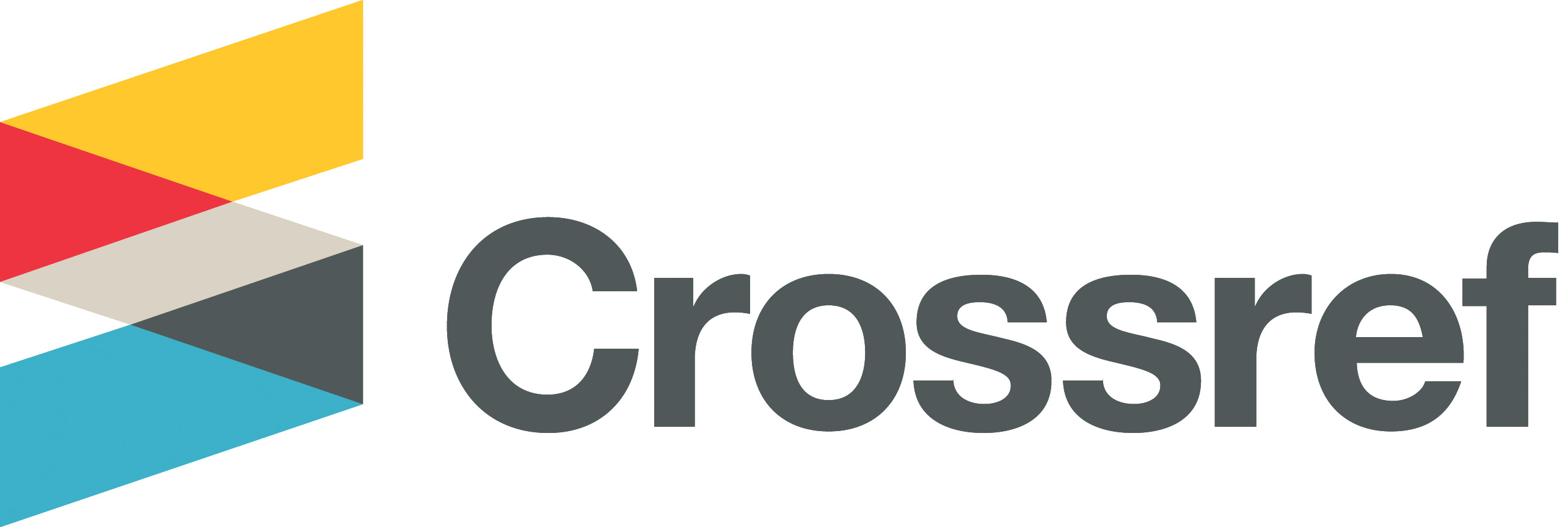The Performance of Hussaini Media and Development Opportunities from the Perspective of Academic and Religious Elites
DOI:
https://doi.org/10.33282/abaa.v17i68.1248Keywords:
Hussaini media, Performance evaluation, Academic and religious elitesAbstract
Objectives: This research aimed to evaluate the performance of Hussaini media from the perspective of academic and religious elites, identify its strengths and weaknesses, and explore the most prominent opportunities for its development. Additionally, it sought to present practical proposals to advance this specialized media sector, which focuses on covering and transmitting issues and rituals associated with the revolution of Imam Hussain (peace be upon him).
Methodology: The researcher adopted a descriptive (survey) methodology, using an electronic questionnaire distributed to a purposive sample of 300 participants from academic and religious elites in Iraq and other Arab countries. Data were analyzed using descriptive statistical methods.
Results: The findings revealed broad rejection among elites of covering practices that distort the image of Hussaini rituals, such as self-flagellation with swords (Tatbir) and walking on fire. The research also identified key challenges in the performance of Hussaini media, the most significant being the lack of specialization and skills among some workers and the dominance of emotional rhetoric in media messages. The results indicated that development opportunities lie in effective planning, capacity building, and presenting the Hussaini discourse using modern artistic methods. The researcher concluded that while Hussaini media has played a partial role in conveying the values of the Hussaini revolution, its advancement requires a comprehensive professional and methodological review that aligns with contemporary changes and the needs of the target audience.
Conclusion: Hussaini media represents an effective tool for promoting the values of the Hussaini revolution; however, it faces professional and content-related challenges that necessitate a comprehensive review, including capacity building, strategic planning, and ensuring both professional and religious discipline in its workers’ performance.
Downloads
References
Al-Bandawi, I. M. K. (2014). Youth Exposure to Islamic Satellite Channels and Its Role in Instilling Religious Culture [Unpublished Master's Thesis, University of Baghdad].
Al-Dhari, M. H., & Al-Zaidi, T. A. (2007). Islamic Media: Reality and Aspiration. Baghdad: Dar Al-Fajr for Publishing and Distribution.
Al-Fatlawi, H. S. M. A. (2021). Mass Media and its Impact on Building the Mental Image of the Iraqi Public, Rituals of Husseini as a Model. lark, 13(5), 850-829. https://doi.org/10.31185/lark.Vol4.Iss43.1972
Drake, P. (2016). Reframing Television Performance. Journal of Film and Video, 68(3-4), 6-17. https://doi.org/10.5406/jfilmvideo.68.3-4.0006
Griffin, H. (2017). Evaluating Television: Affect as a Critical Optic. Cinema Journal, 57(1), 71-93. https://doi.org/10.1353/cj.2017.0056
Hamid, S. S., & Radi, W. F. (2012, May 15-16). Public opinion on the news coverage of the 10th Muharram (Ashura) Anniversary on satellite channels: A survey study on a sample of the public in the city of Baghdad. The Sixth Annual Scientific Conference, Iraqi Media and Contemporary Changes (pp. 3-30), Baghdad: University of Baghdad, College of Mass Communication.
Kaheel, A. A.-W. (1985). The Scientific and Practical Foundations of Islamic Media. Beirut: Alam Al-Kutub.
Makawy, H. E., & El-Sayed, L. H. (2008). Communication and Its Contemporary Theories. Cairo: The Egyptian-Lebanese House.
Maki, H. I., & Mohammed, B. A. (2003). Introduction to Communication Science. Kuwait: Publications of Dhāt al-Salāsil.
Sakban, A. H. (2023). Evaluating the Media Performance of Political Program Presenters on Iraqi Satellite Channels. Journal of Imam Al-Kadhim College, 7(2), 375-402. https://doi.org/10.61710/dzpnfv54
Wimmer, R. D., & Dominick, J. R. (2013). Mass Media Research: An Introduction (S. Abuosba & F. Mansour, Trans.; 10 ed.). Beirut: Arab Organization for Translation.
Downloads
Key Dates
Received
Revised
Accepted
Published
Issue
Section
License
Copyright (c) 2025 Author

This work is licensed under a Creative Commons Attribution 4.0 International License.
Authors retain copyright and grant the journal right of first publication with the work simultaneously licensed under a Creative Commons Attribution License (CC BY 4.0) that allows sharing the work with recognition of authorship and initial publication in ABBA journal.

















